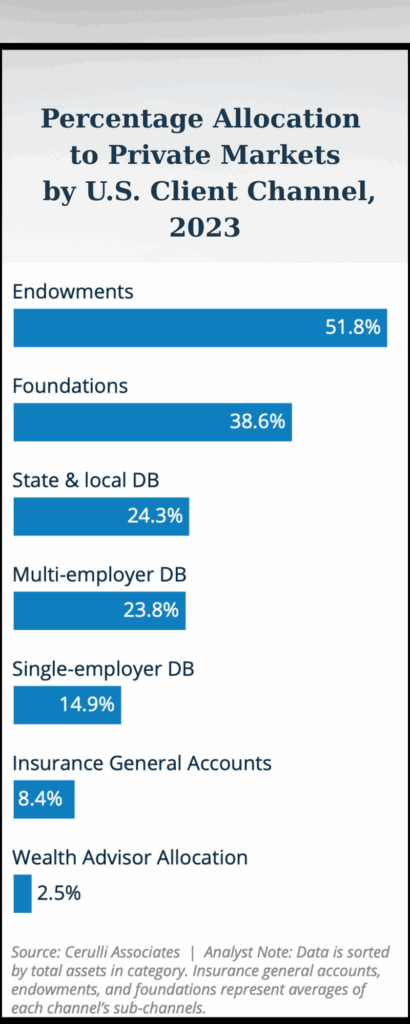
The Department of Labor has decided not to shake up the regulatory foundation of the “pension risk transfer” (PRT) business—the replacement of defined benefit pensions by group annuities issued by life insurers—by amending its 30-year-old Interpretative Bulletin 95-1.
IB 95-1 requires retirement plan fiduciaries, among other guidelines, to choose the “safest available” annuity for plan participants. The life/annuity industry has changed enough since the bulletin was written, some observers claim, to warrant an update in its text.
The DOL’s Employee Benefit Security Administration (EBSA), said in a June 24 report to Congress, however, that it “is not prepared at this time to propose amendments to the Interpretive Bulletin to address [the] potential risk” posed by what RIJ has called “the Bermuda Triangle strategy.”
But the report conceded that “EBSA has not concluded that changes to the Interpretive Bulletin are unwarranted.” It explained why:
“Some stakeholders are very concerned about developments in the life insurance industry that may impact insurers’ claims-paying ability and creditworthiness. As set forth above, some stakeholders urged EBSA to update the Interpretive Bulletin to focus fiduciaries’ attention on issues such as insurers’ ownership structures; exposure to risky assets and non-traditional liabilities; and use of affiliated and offshore reinsurance.” [Emphasis added.]
The writers of the report referenced the growing ownership of life/annuity companies by holding companies controlled by “private equity” or “buyout” or “alternative asset managers,” the relatively heavy purchase of risky private assets and structured securities by those life/annuity companies, and use of reinsurance for the purpose of reducing surplus requirements. This the phenomenon identified by RIJ as the Bermuda Triangle.
For an RIJ story on an August 2023 meeting of the ERISA Advisory Council that helped inform the new DOL report, click here.
The new report happens to emerge amid class action lawsuits against AT&T and Lockheed Martin this spring for swapping their DB plans for a group annuities issued by Athene Annuity & Life, an affiliate of Apollo Global Management. The suit accuses AT&T and Lockheed Martin of failing to choose the “safest available annuity” for its DB plan participants when it chose Athene, as IB 95-1 requires.
The report does however give considerable space to the concerns expressed about private equity controlled life/annuity companies:
“Some stakeholders attributed concerning developments in these areas to private equity firms’ increased involvement in the industry. They said that private equity-affiliated insurers tend to engage in riskier practices than traditional insurers. Stakeholders were also concerned that private equity firms do not have a long track record of managing life insurance obligations and may lack a commitment to policyholder interests.
However, others say the concerning practices are employed on a more widespread basis in the industry. EBSA is not prepared at this time to propose amendments to the Interpretive Bulletin to address this area of potential risk. The issues raised by stakeholders are complex and there were few, if any, areas of consensus. As just one example of this, six ERISA Advisory Council members supported no changes to the Interpretive Bulletin, while the other nine members supported different positions on different issues.”
History is especially relevant here. As the June 24 DOL report points out, IB-95 was issued in response to the 1991 failure of First Executive Corporation, its Executive Life Insurance Company and a subsidiary, ELIC of New York. FEC and ELIC failed because in part because they were doing what the private equity-led life/annuity companies are doing now.
ELIC was selling fixed deferred annuities, buying large amounts of risky assets (Michael Milken’s junk bonds), and buying Bermuda reinsurance for “surplus relief.” ELIC was also in the PRT business—sometimes selling group annuities to companies that Milken had acquired through leveraged buyouts.
The interpretation evidently hasn’t prevented the recurrence of the same life insurer practices—holding high-risk assets, dealing with its own affiliates instead of third-parties, and buying reinsurance from an affiliate—that it was written to eliminate.
Moreover, the National Association of Insurance Commissioners (NAIC) itself created Risk-Based Capital rules in the 1990s after the ELIC bankruptcy, and those rules have not prevented the return of the strategy (Bermuda Triangle) that they were intended to eliminate.
The new report also reflects the fact that the DOL is caught between the NAIC and, on the other hand, the Senate Banking Committee, led by Sen. Sherrod Brown, and the Treasury Department’s Federal Insurance Office, a creation of the Dodd-Frank financial regulation.
In 2022, Brown’s committee and the FIO both sent letters to the NAIC expressing concern about potential misuses of insurance regulations and principles by private equity companies that have bought life/annuity companies in order to manage or control the assets backing their guarantees to policyholders. One of those misuses involves offshore affiliated reinsurance.
The DOL report acknowledged the concern about reinsurance:
“A number of stakeholders raised concerns that life insurers are using reinsurance to move liabilities to less regulated reinsurers. They mentioned less stringent reserving requirements and accounting arbitrage as reasons for their concern… The Department of the Treasury noted in its letter that the speed and scale of the growth of offshore and affiliated reinsurance ‘suggests the need for regulators and policymakers to better understand the role of offshore reinsurers and whether regulatory capital arbitrage opportunities, tax advantages, and other potential gaps that are not under the oversight of U.S. regulators are obscuring (or even amplifying) the level of risk stemming from these activities.’”
But the NAIC has not welcomed the attention of those federal entities, while doing little to slow down the expansion of the Bermuda Triangle strategy—even in the face of alarms sounded in the 2010s by academic economists, economists at the Federal Reserve, and in 2023tk by the International Monetary Fund.
© 2024 RIJ Publishing LLC. All rights reserved.


